Assuming 2D case...
So do a cross product of direction vectors of 2 neighboring lines the sign of z coordinate of the result will tell you if the lines are CW/CCW
So if you got 3 consequent control points on the polyline: p0,p1,p2 then:
d1 = p1-p0
d2 = p2-p1
if you use some 3D vector math then convert them to 3D by setting:
d1.z=0;
d2.z=0;
now compute 3D cross:
n = cross(d1,d2)
which returns vector perpendicular to both vectors of size equals to the area of quad (parallelogram) constructed with d1,d2 as base vectors. The direction (from the 2 possible) is determined by the winding rule of the p0,p1,p2 so inspecting z of the result is enough.
The n.x,n.y are not needed so you can compute directly without doing full cross product:
n.z=(d1.x*d2.y)-(d1.y*d2.x)
if (n.z>0) case1
if (n.z<0) case2
if the case1 is CW or CCW depends on your coordinate system properties (left/right handness). This approach is very commonly used in CG fur back face culling of polygons ...
if n.z is zero it means that your vectors/lines are either parallel or at lest one of them is zero.
I think these might interest you:
Also in 2D you do not need atan2 to get perpendicular vector... You can do instead this:
u = (x,y)
v = (-y,x)
w = (x,-y)
so u is any 2D vector and v,w are the 2 possible perpendicular vectors to u in 2D. they are the result of:
cross((x,y,0),(0,0,1))
cross((0,0,1),(x,y,0))
